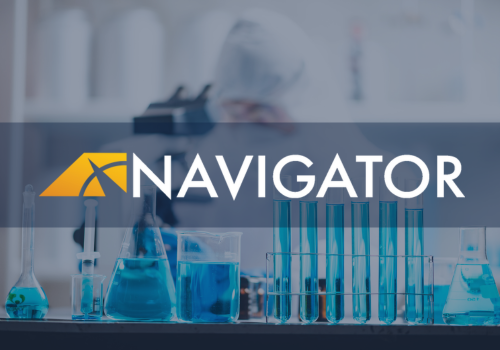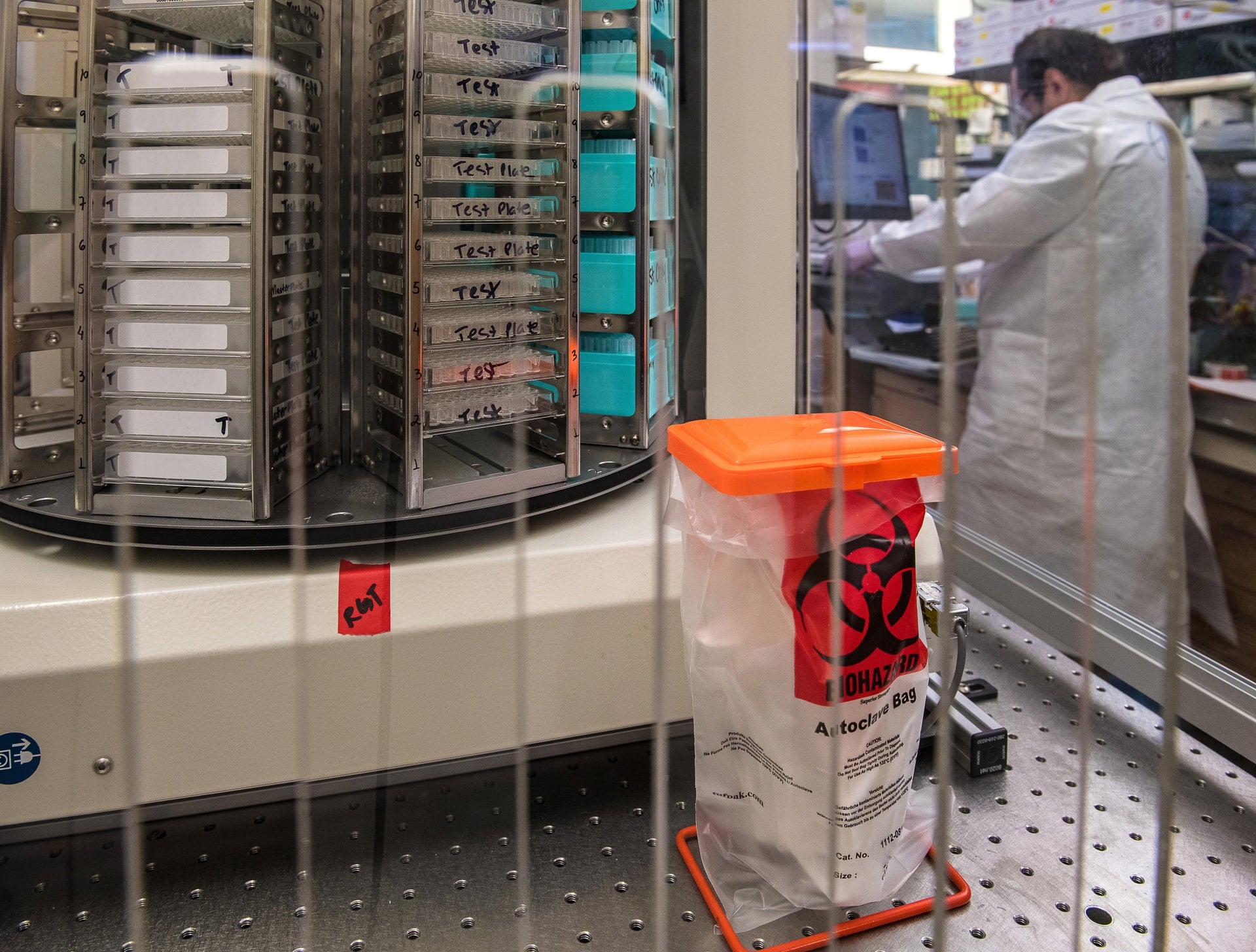Now is a good moment for enterprising life sciences startups eying a future initial public offering.
“Covid really brought some perspective on what the life sciences market can do,” noted Gregg Beloff in a recent capital markets webinar, managing director at life sciences financial advisory, Danforth Advisors. “Life sciences saved the world.”
The recent performance of life sciences firms in warding off the worst effects of the Covid-19 pandemic has opened the eyes of some investors, according to Beloff, and this makes the next few years particularly ripe for IPO activity in the industry. There will be more companies that are eligible for funding as a result, he predicts.
Preparing for success with an eventual IPO requires planning and thoughtful preparation, however.
“The key differentiator between those that succeed and those that don't is preparation,” he noted. “Once you get in that room and the org meeting kicks off, and you're in that quiet period, it is all about speed.”
Why Life Science Startups Need ERP? Read the article.
A big part of that preparation is having the right backend systems foundation in place. Beloff specifically cited this as one of the success factors for life sciences startups that make the IPO jump.
He said it is critical to already have “systems to house your data, getting a good, active, virtual data room in place so that when the opportunity comes and you want to finance, you have all of your corporate records in one place.”
More than just having complete financial performance data easily accessible, however, having the right backend system in place prior to an IPO also demonstrates an ability to scale rapidly.
ERP for IPO
Life sciences firms that are going public need to act like one. That means having the digital infrastructure in place to scale up production, orders, processes, supply chain networks, and hiring. Businesses going public need the same backend technology used by Fortune 500 companies, basically. And that means a company-wide enterprise resource planning solution (ERP).
ERP solutions are end-to-end software solutions that house all of a company’s data and operational activity, and they are used to run all aspects of the business from manufacturing, sales, and financials to inventory, logistics, and supply chain management. ERP connects all business functions and serves as the data nerve center for a business.
As a smaller private company, a life sciences firm might get away with using QuickBooks for financials and a host of web services and disparate platforms stitched together for operations. This is not sufficient for public companies and businesses preparing for IPO, however, which is why all larger firms basically rely on ERP.
“[Using Quickbooks] was a fine process if we were going to be a $10 million business forever,” says Ulion Riebe, head of finance for a unicorn shoe manufacturer, Rothy’s. “But we just knew that it wasn't going to pass.” (Read about Rothy’s IT journey)
Yet implementing an enterprise-grade ERP system is an involved and time-consuming process because it touches all parts of the business. So trying to roll out an ERP to serve the business as a public company at the same time as undertaking an IPO is a disaster waiting to happen. The time to roll out an ERP for scaling is before a business considers an IPO, not during it.
As Christopher Beck notes, global head of IT for personal grooming products unicorn, Harry’s, fast-growing startups must plan ahead for growth.
“Can your systems support where you want the business to be in two years?” he asks. “It is always challenging to plan ahead as a startup. But try to aim for that as opposed to playing catch-up after the fact.” (Read about Harry’s IT journey)
That is why having a robust ERP in place pre-IPO is so important.
The Right System for Now and the Future
One trick to laying the foundation for the future is avoiding overly complex and expensive systems before they are needed; business software has to serve the business today, not just in the future.
With SAP Business ByDesign, however, life sciences startups can have the best of both worlds. SAP Business ByDesign is built for running a small but fast-growing business today, but it also can scale as the business grows because it operates in the cloud and provides seamless migration to the SAP ERP systems that power the likes of Coca-Cola, BP and other large public firms. Life Sciences startups can use and pay for what they need right now, but still future-proof and lay the foundation necessary for life post-IPO.
As an SAP Gold Partner, we’ve helped more than 500 manufacturing and life sciences businesses prepare for the future over the past 25 years. If you’re considering an eventual IPO and want to prepare your IT systems for the future, contact one of our consultants at (801) 642-0123 or by emailing us at info@nbs-us.com.







